This is another large Gota with very steep walls,
in general, hard coral in the first 10 metres, changing gradually to soft corals at depths below 10 to 15 metres. This is because hard corals get most of their energy from sun light whilst soft corals (with fronds) get most of their food from trapping drifting plankton which is swept up from the very deep. Often there are large pelagics at around 35m. The prevailing current is from the north west so we will be entering on the sheltered south western corner, descending to around 35m, drifting along the wall gradually rising to about 10m after 40 minutes because there is a cave system worth seeing.Then continue along the wall to about 50bar, out into the blue, SMBs, rib pick up and lunch.
There are no large fish around when we dive so it is quickly decided to head along the wall and find the caves
which are narrow and interesting to dive. One danger for divers is scraping themselves on the coral and getting stung or scratched
which is certain to result in a wound infection area. Hence there is some sense in wearing a very lightweight full body suit to give protection.
If you are “tail end Charlie” when exploring a cave system, you are certain to suffer from slightly more murky water due to silt being kicked up by those ahead of you. If a current is flowing, this will clear in a few minutes.
Further down the wall (around 25m) are the usual large fans
and a number of interesting shaped corals which
often have small shrimps living at the bottom
If you take a night photograph or shine a torch down into them, then the eyes of the shrimps reflect your lights.
Soft corals abound
in a range of beautiful colours
Most anemones have a family of Nemos living in them. When the female dies, then the male changes gender to become a female and one of the male juveniles grows and takes the place of the sex changed male partner.
And of course there is fire coral everywhere
which you do not want to touch or brush against. It is the case that most stinging corals also discharge small spores into the water which themselves will cause skin irritation – hence some very minor skin irritation after numerous deep dives will be the norm for most divers.A large shoal of Unicorn fish are patrolling off the reef wall – all in all, this is a lovely dive.
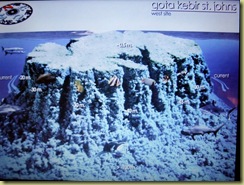

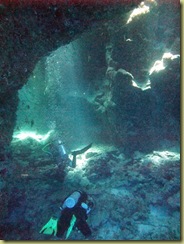
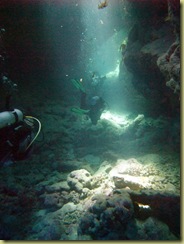
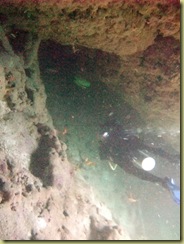
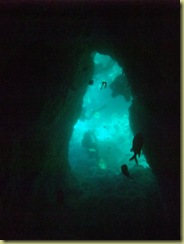
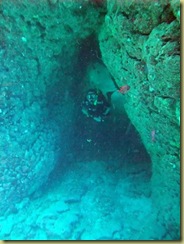

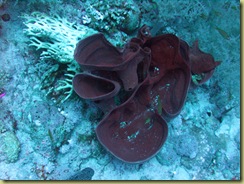
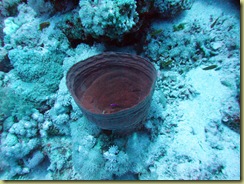
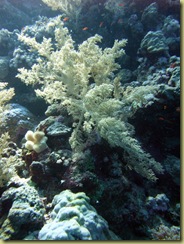
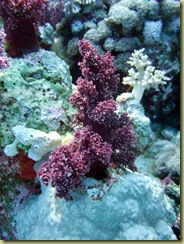

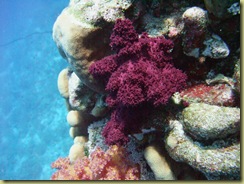
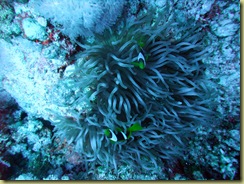
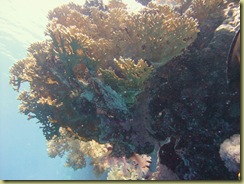

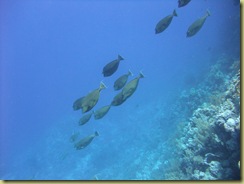
No comments:
Post a Comment